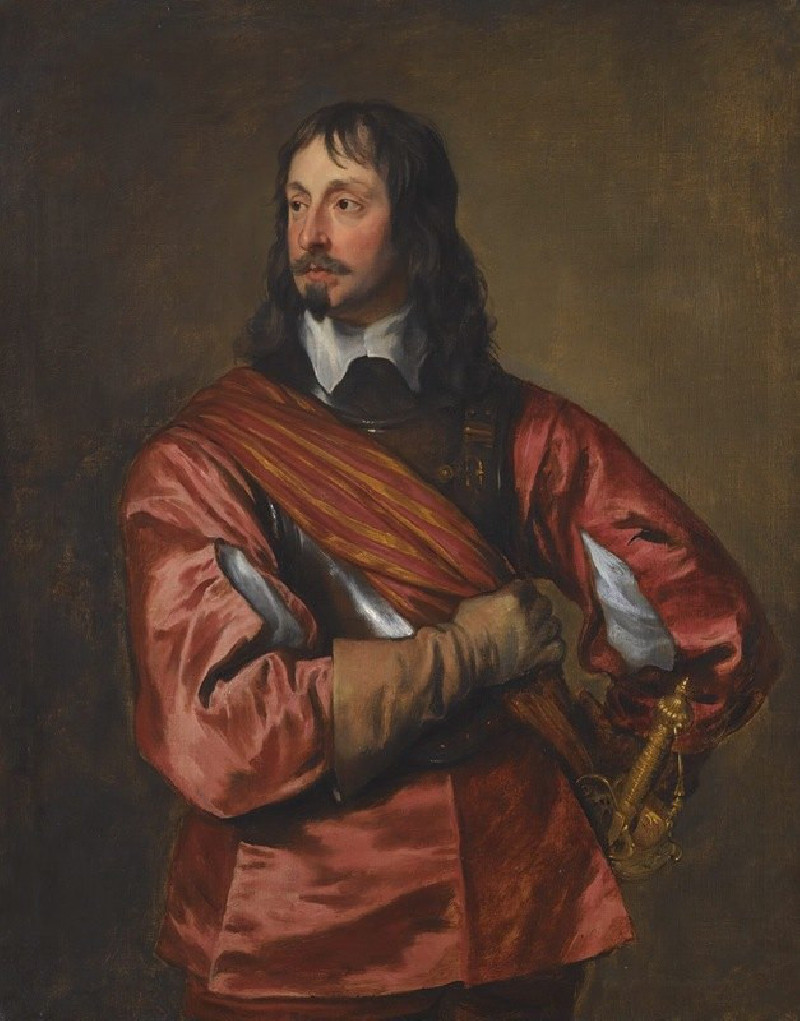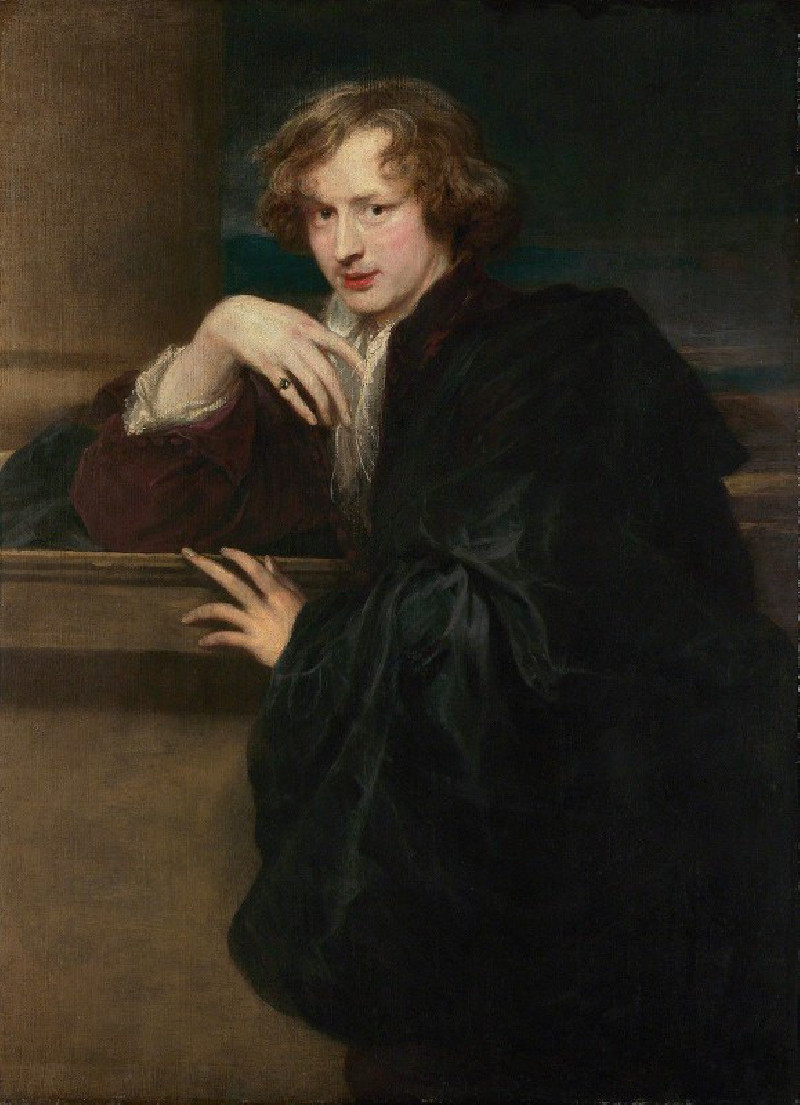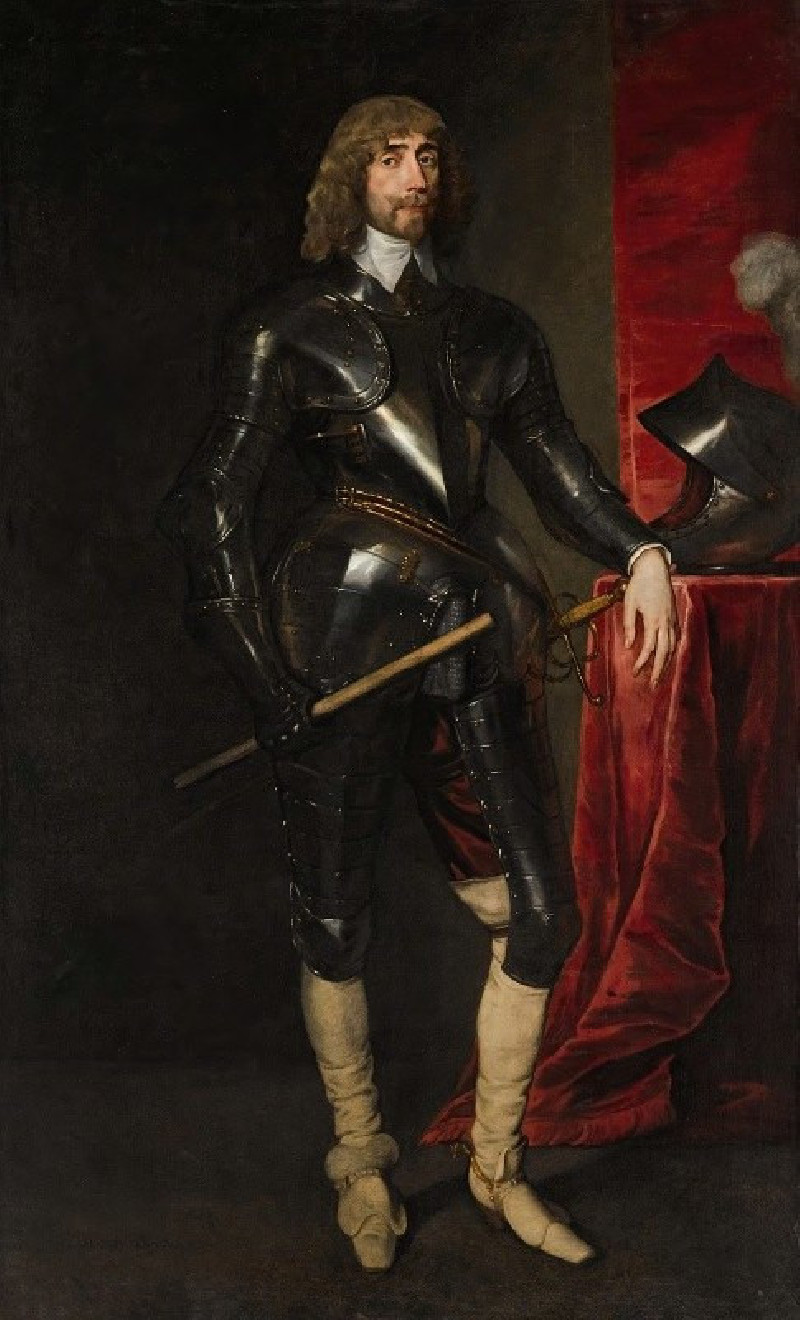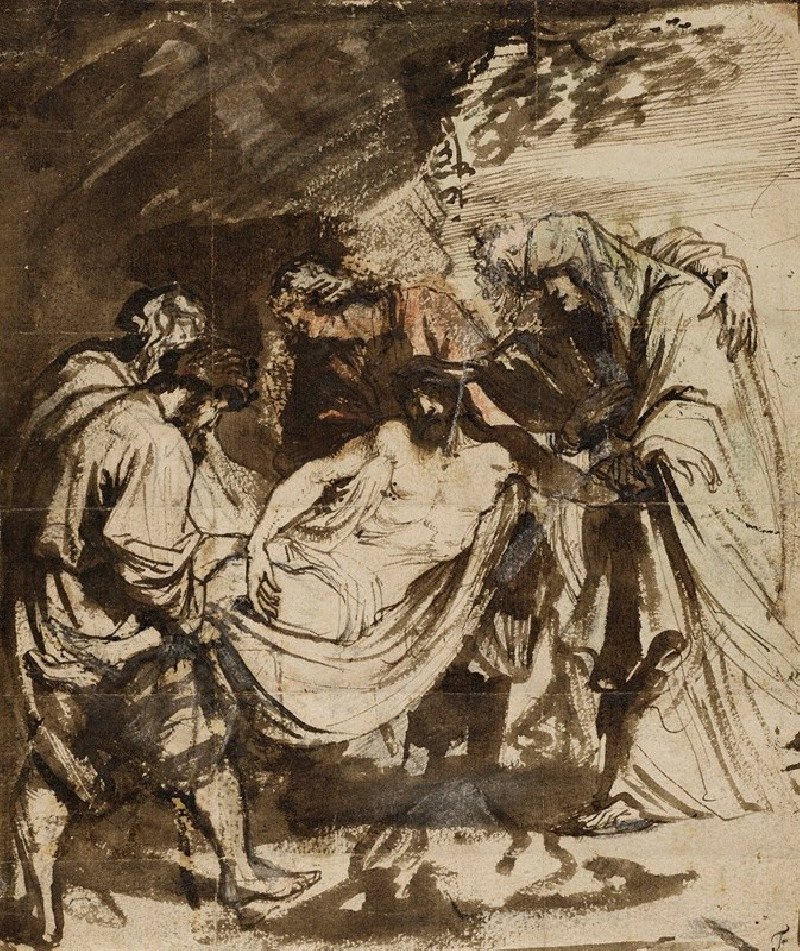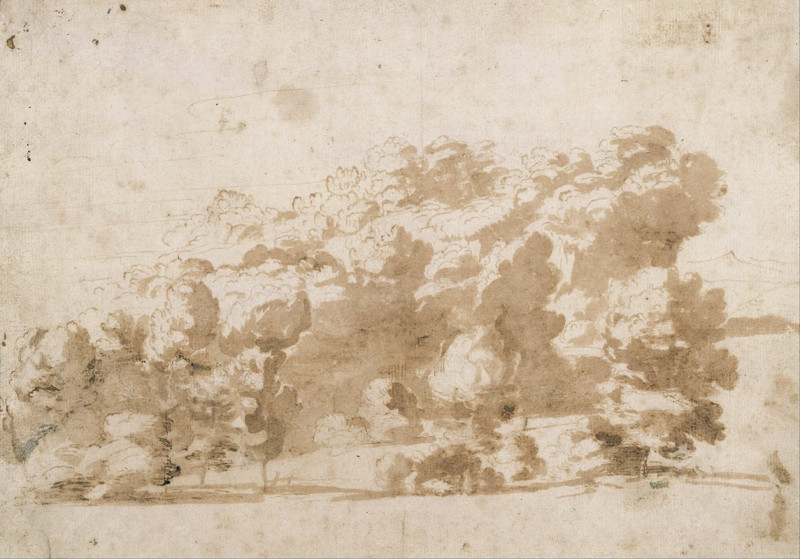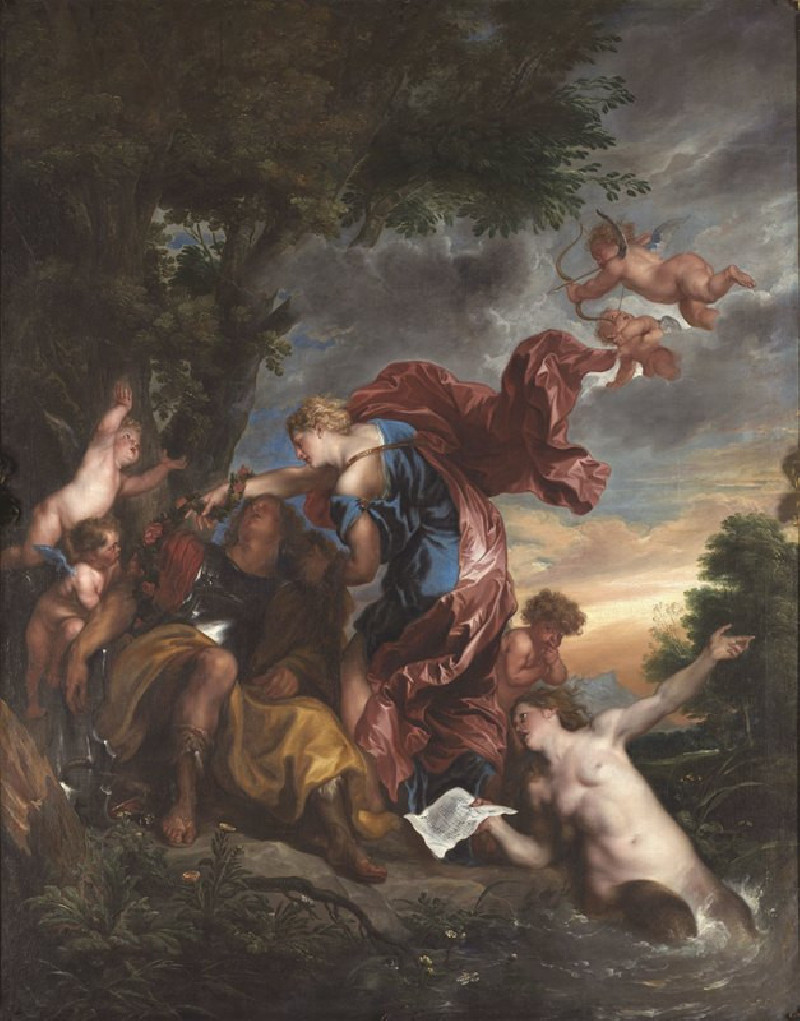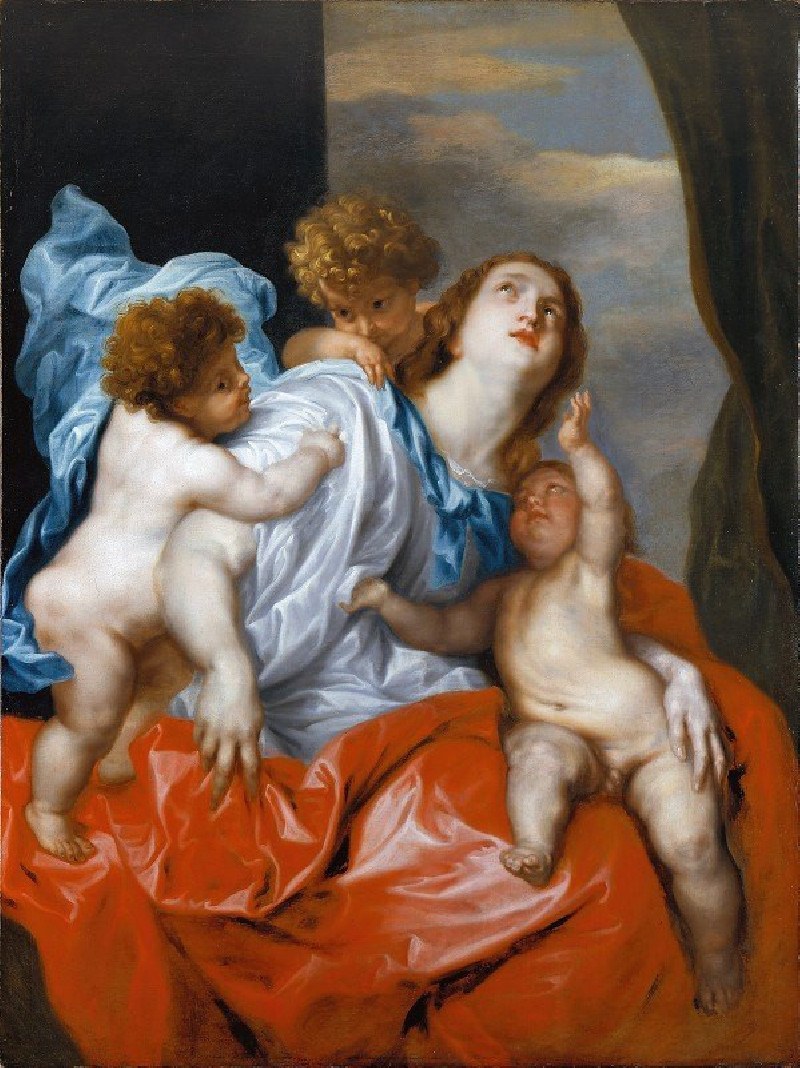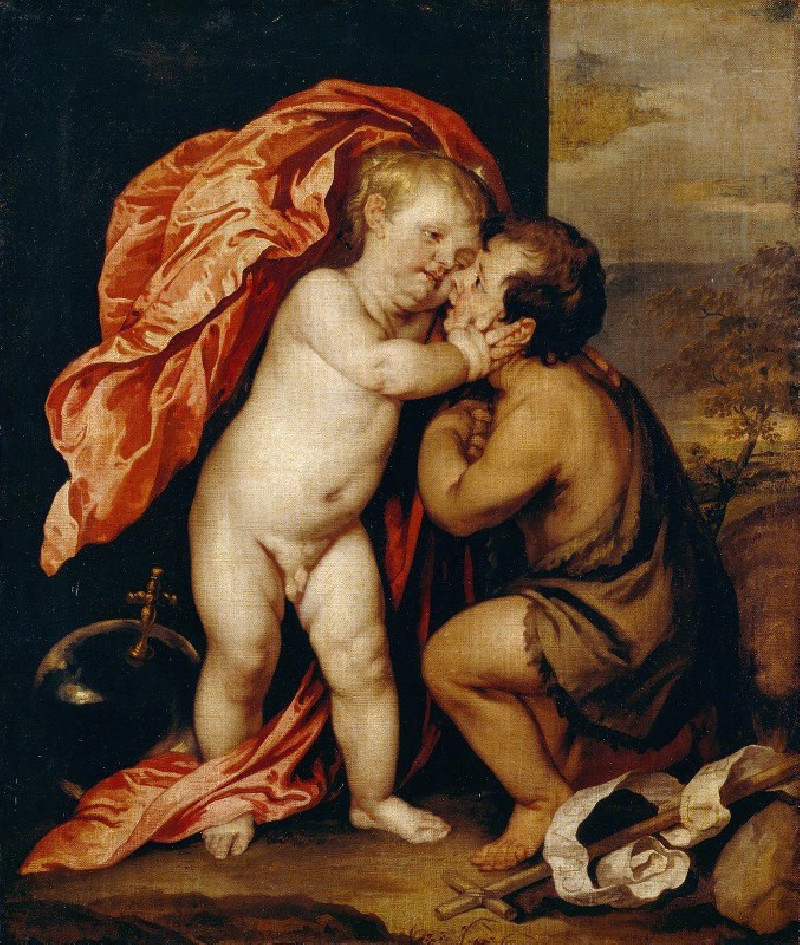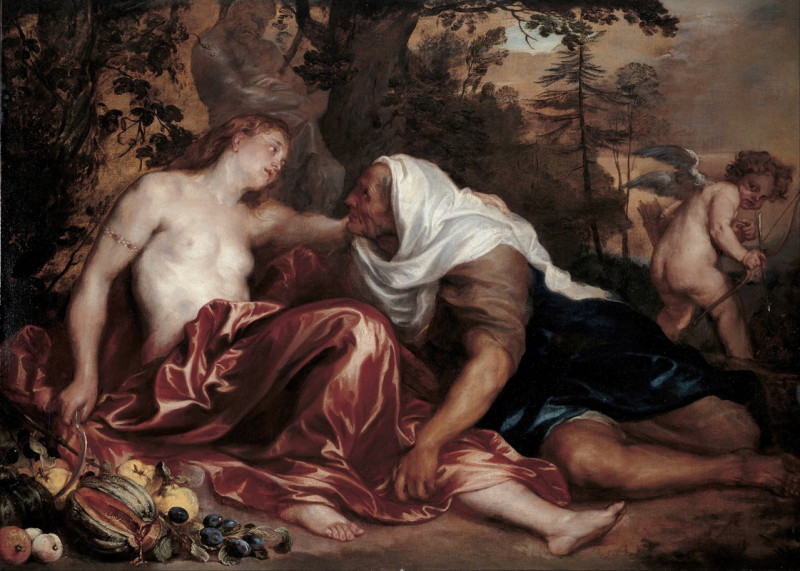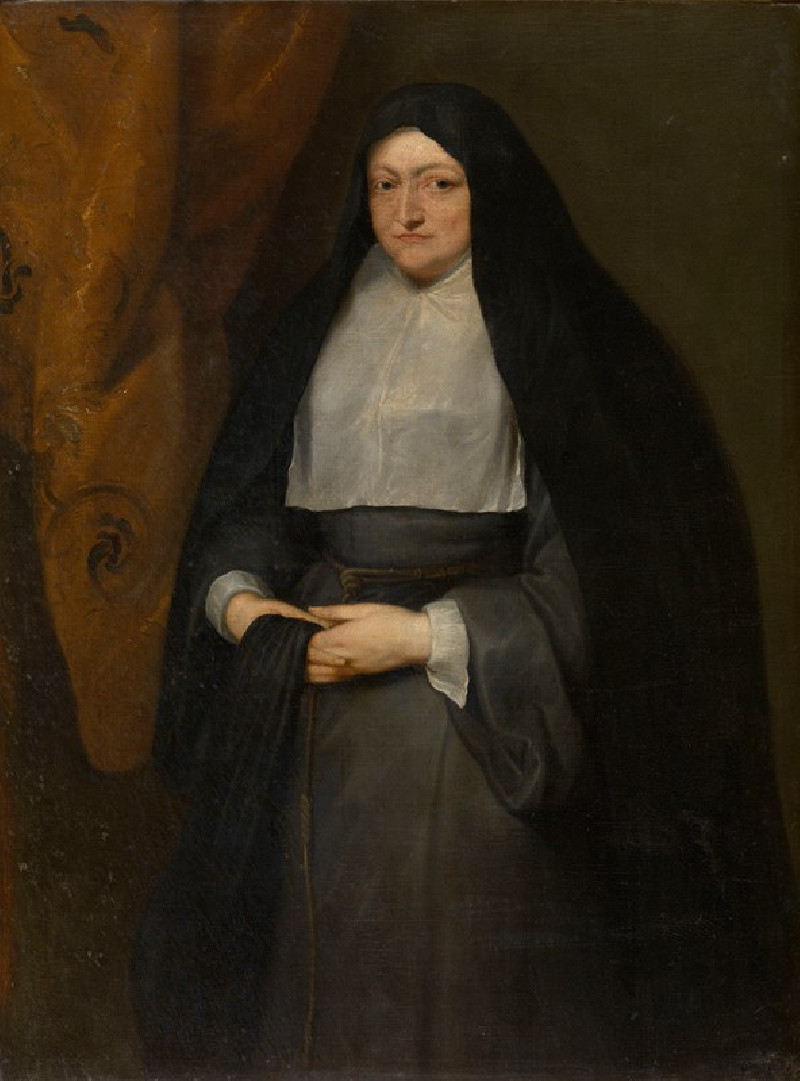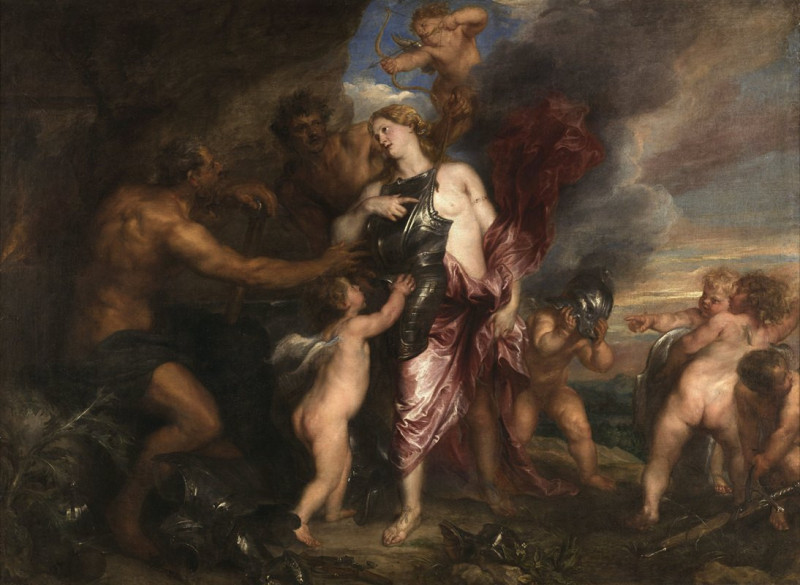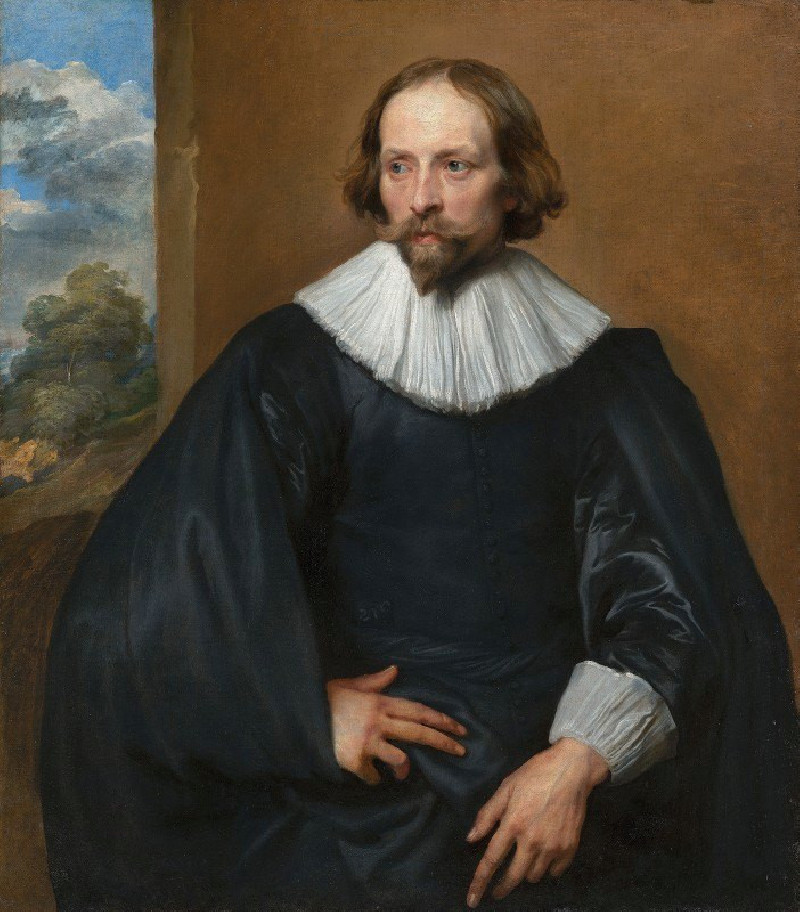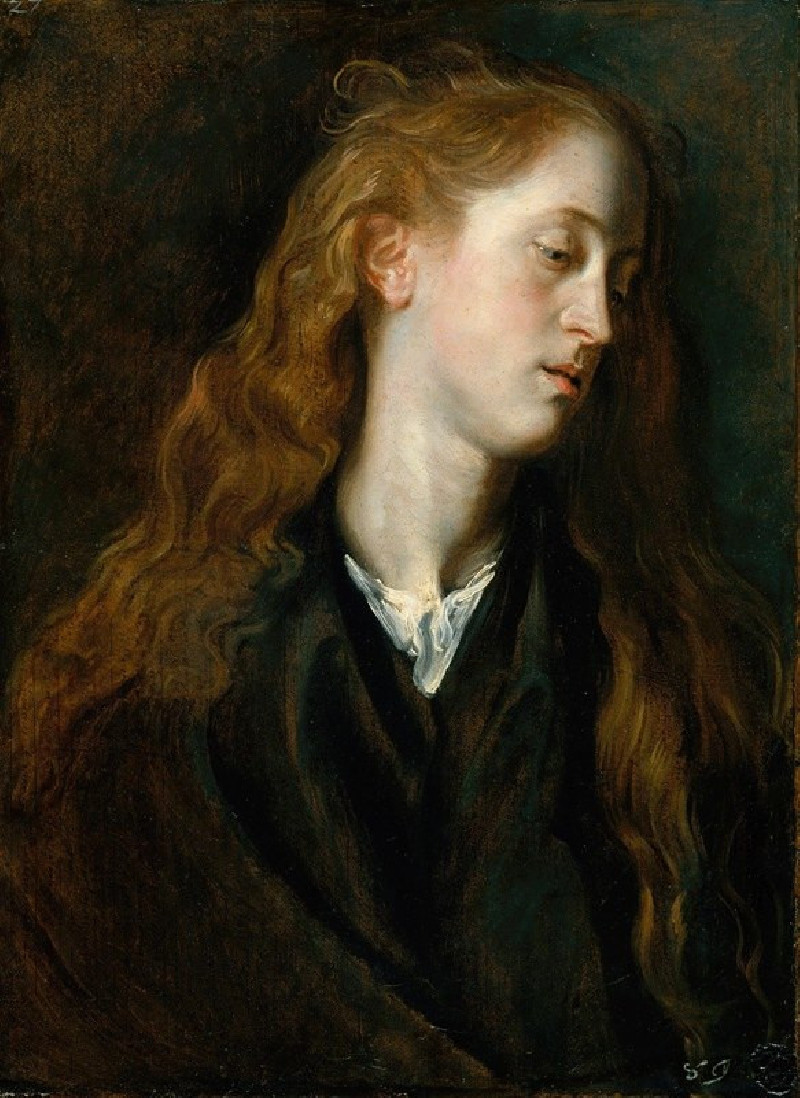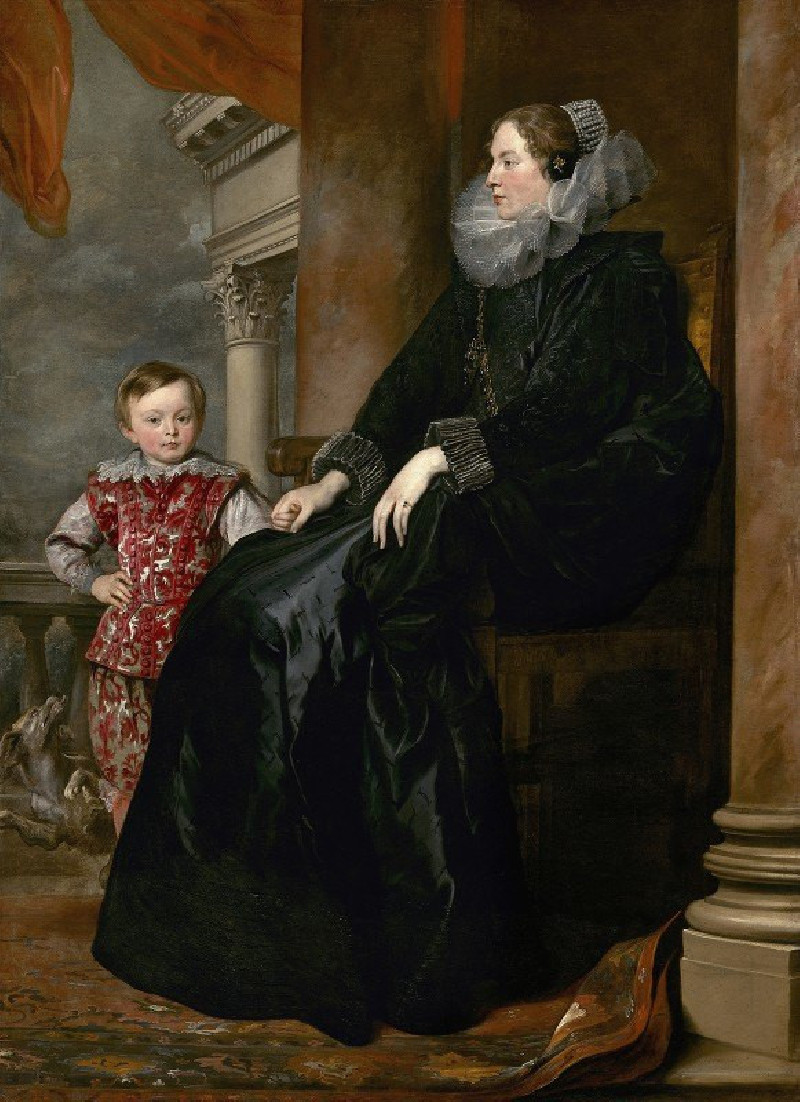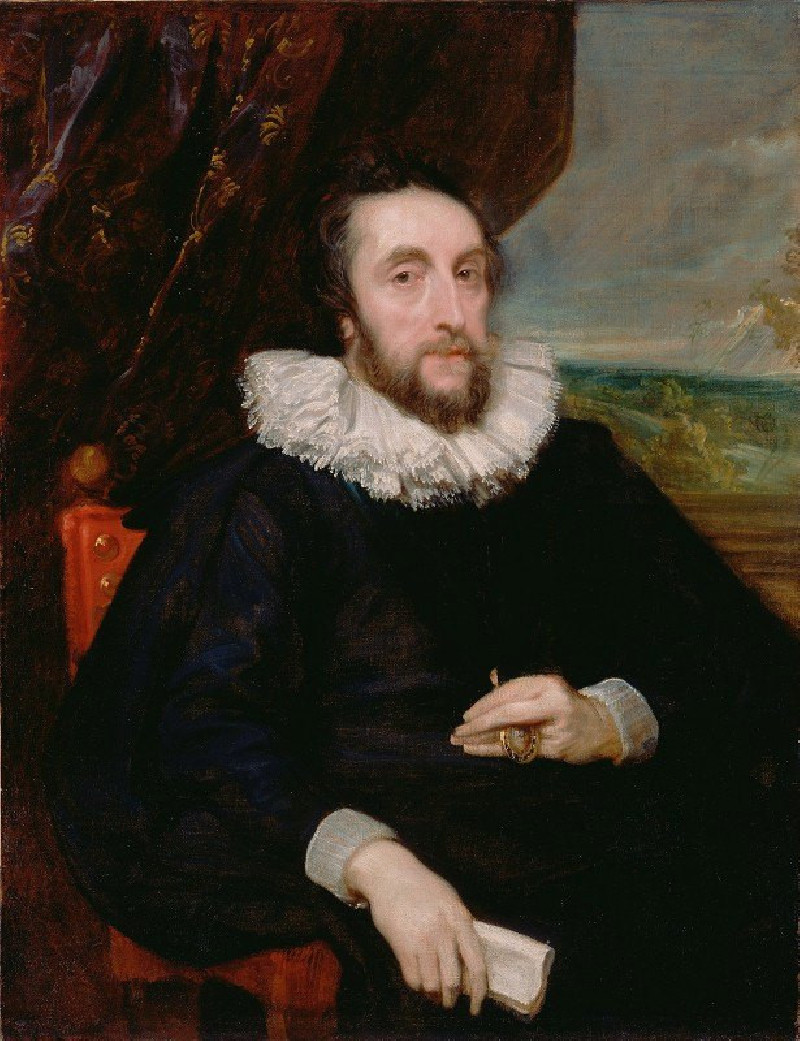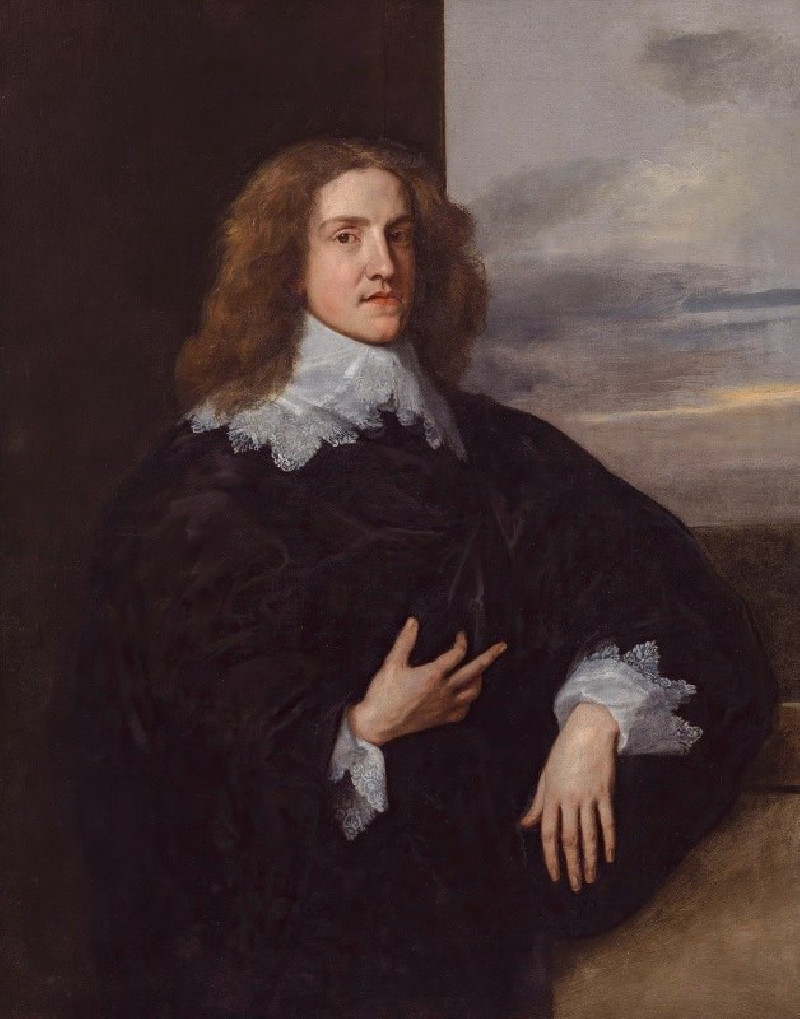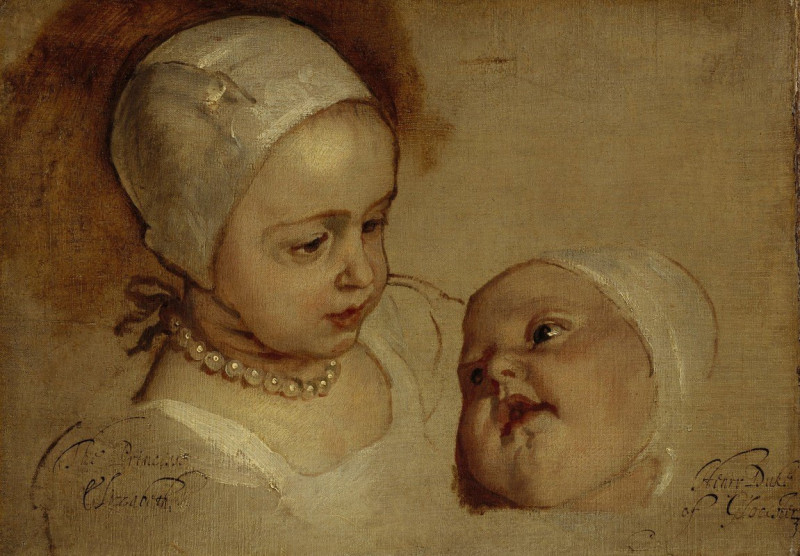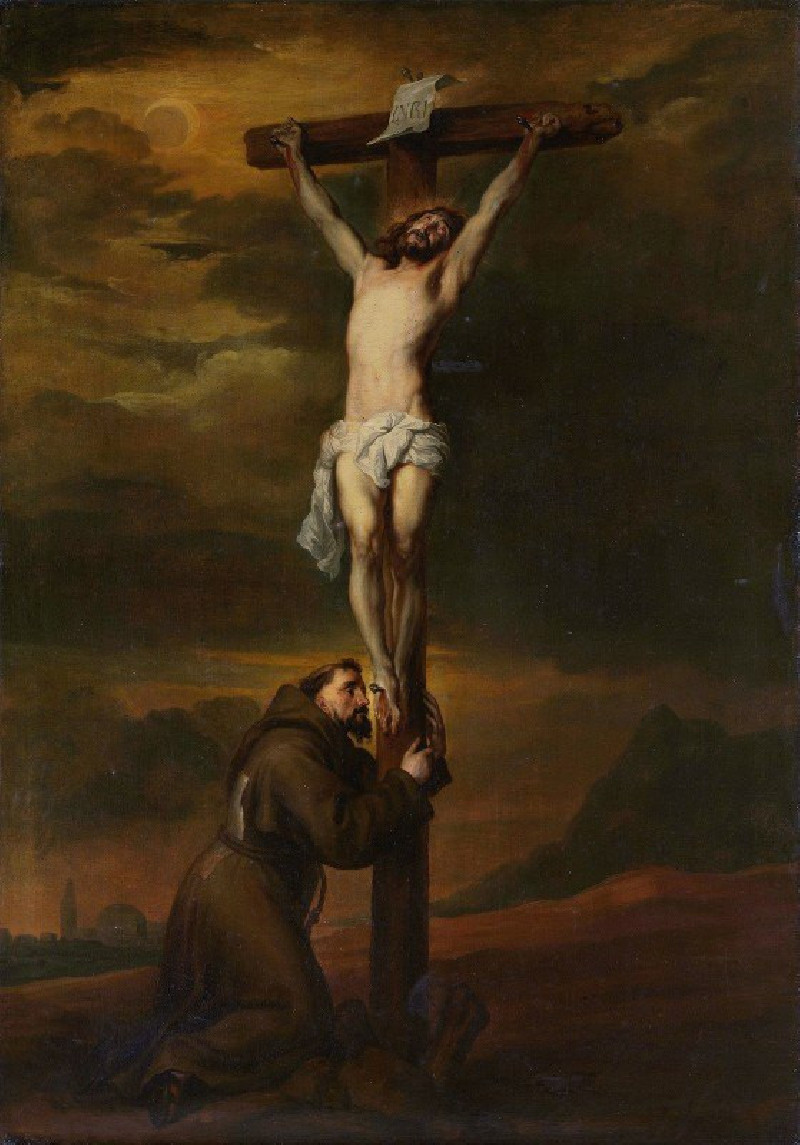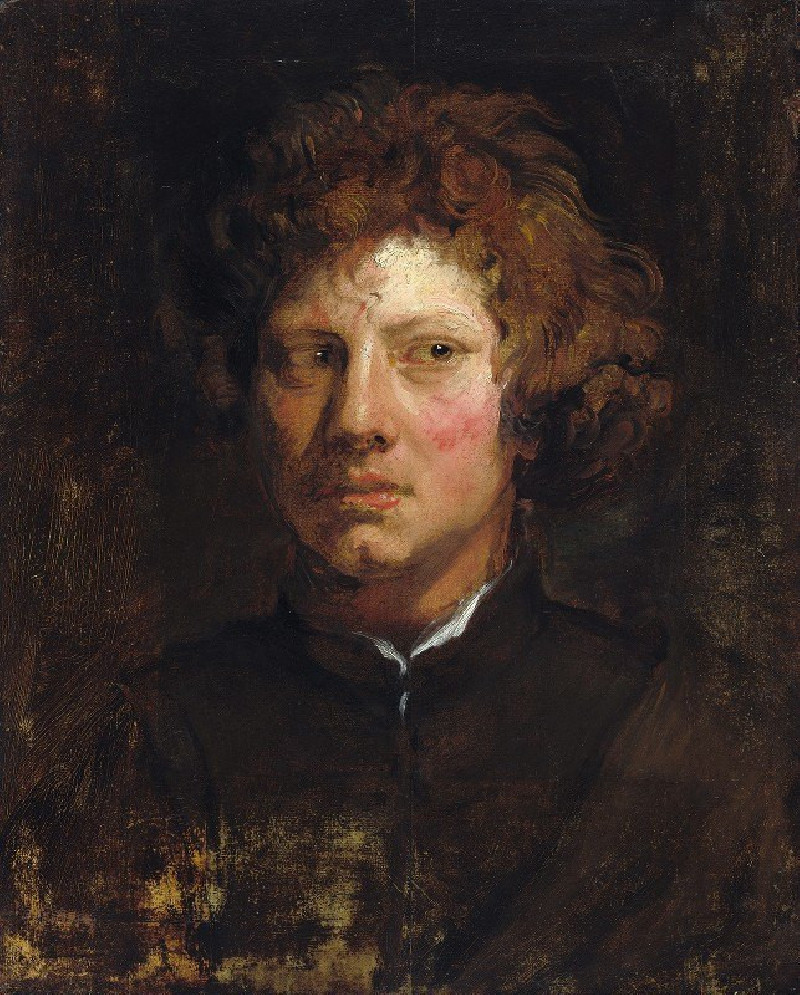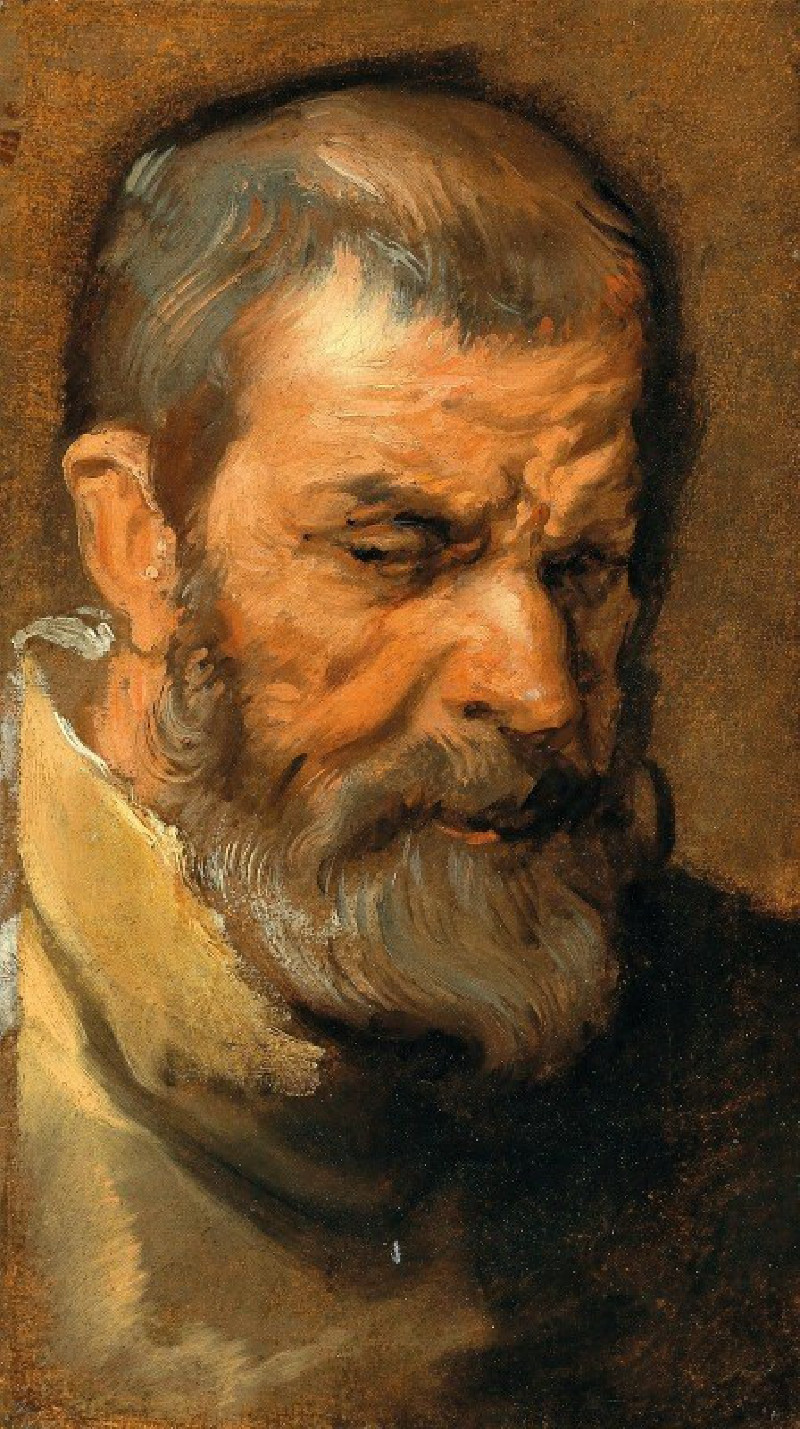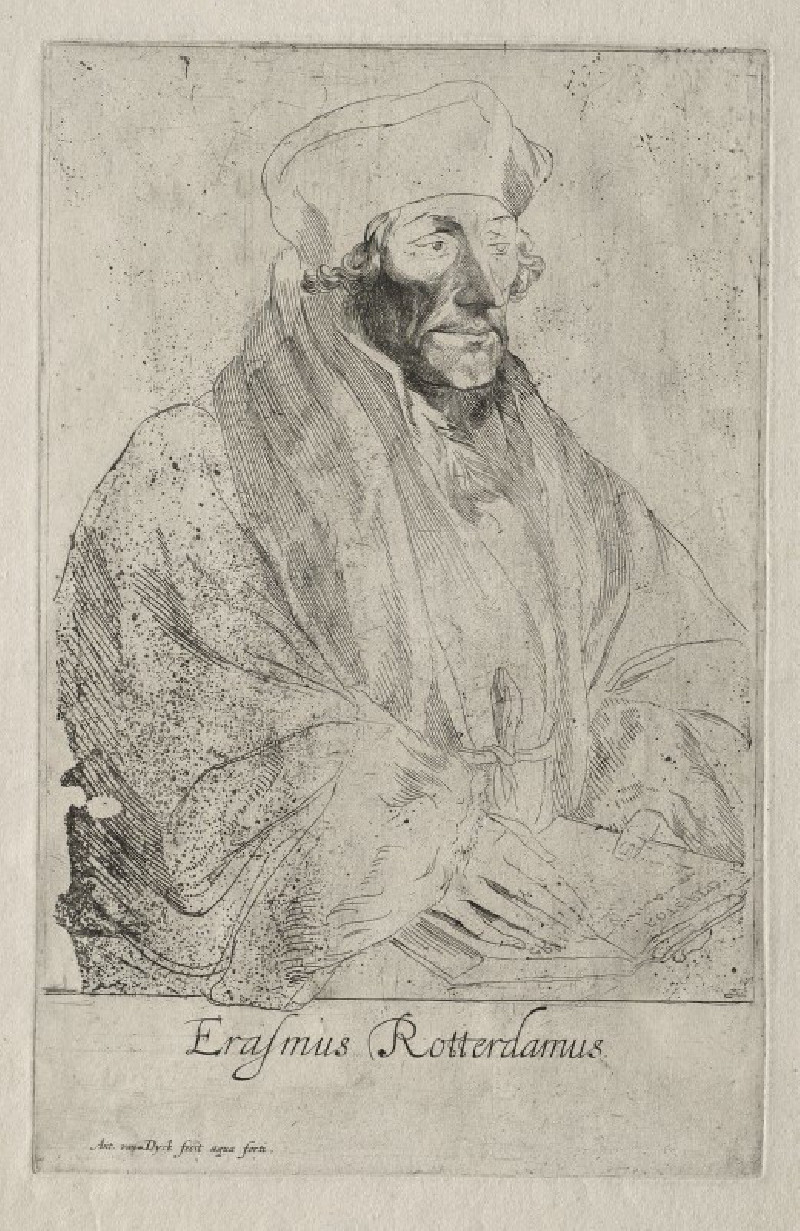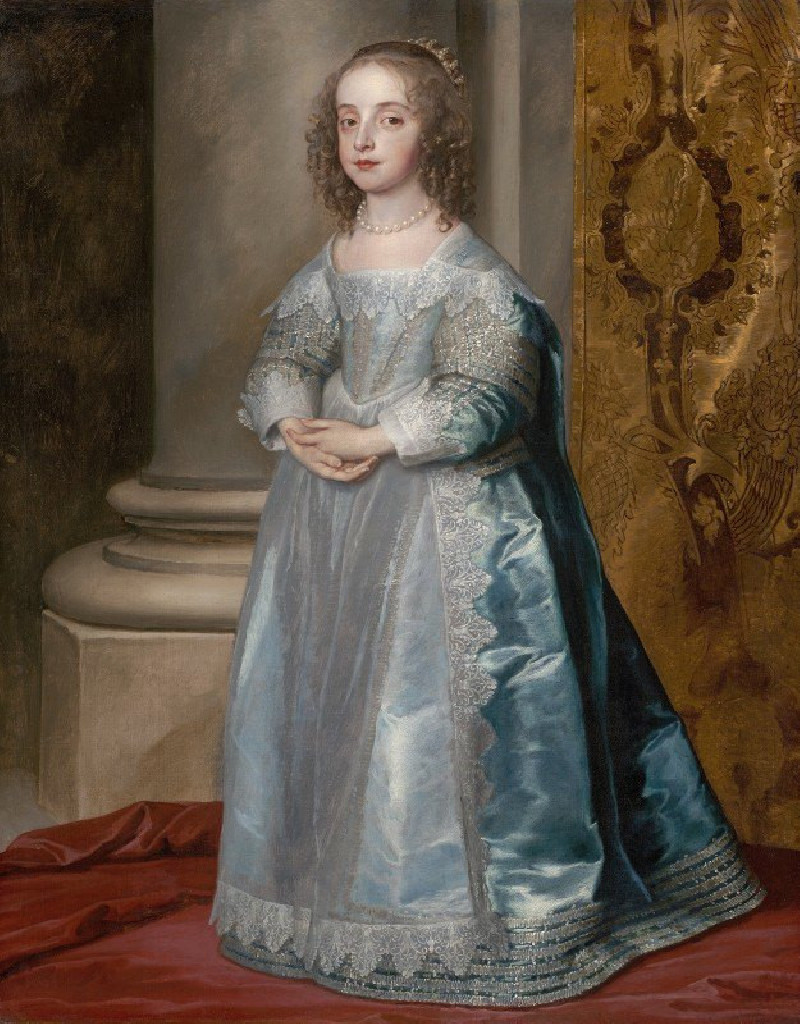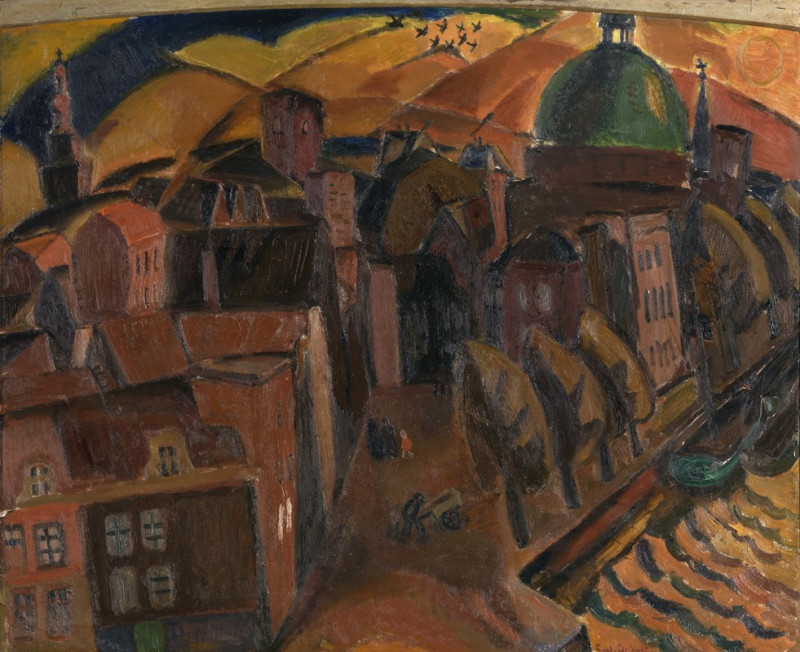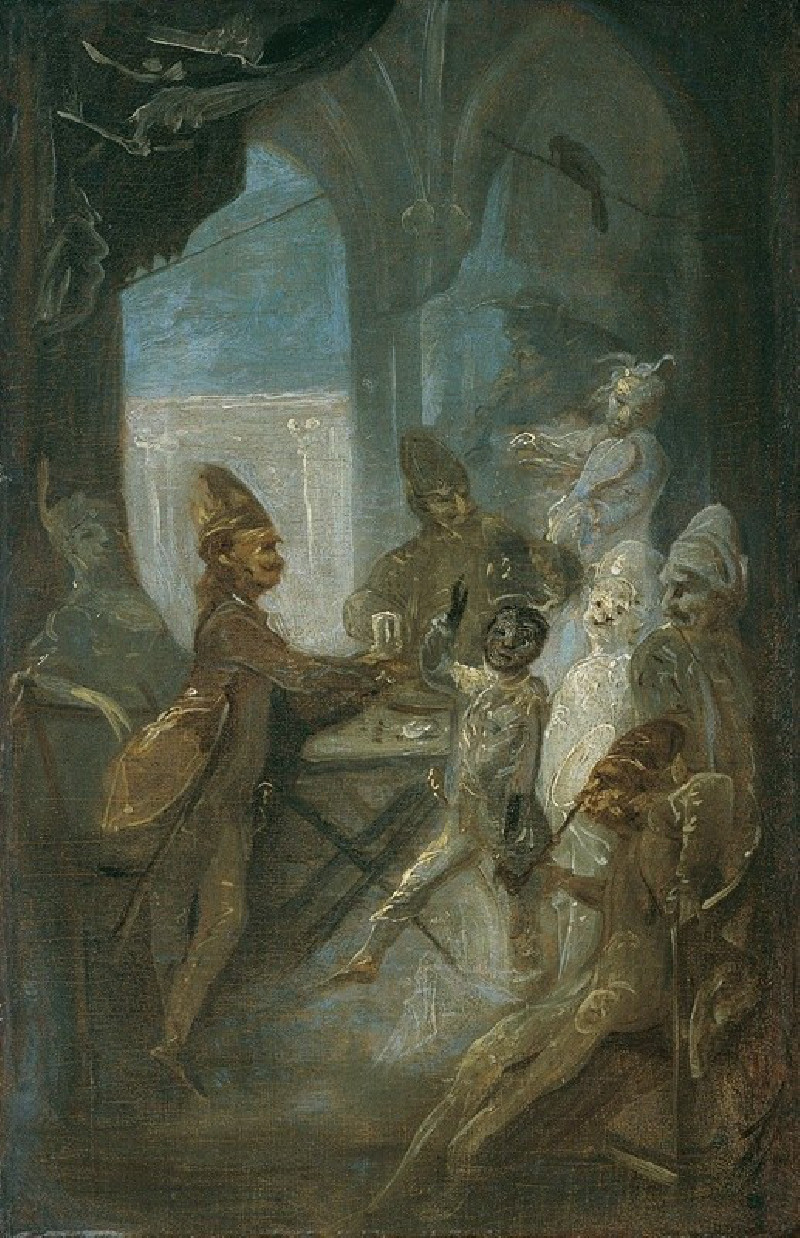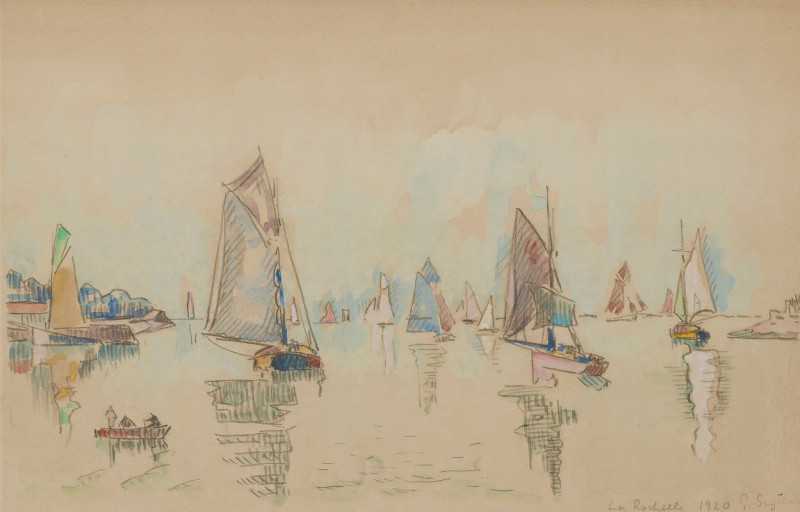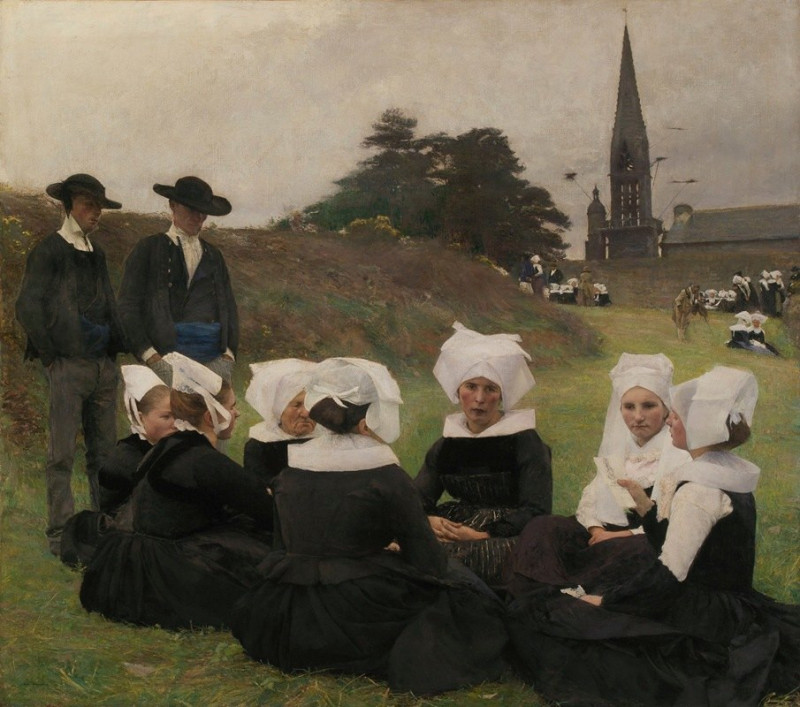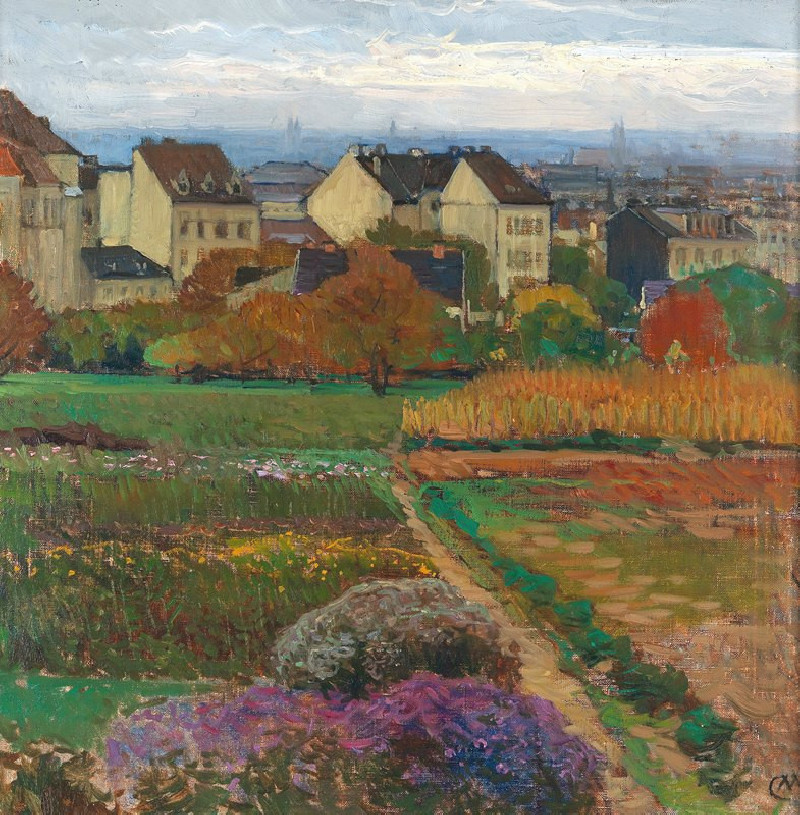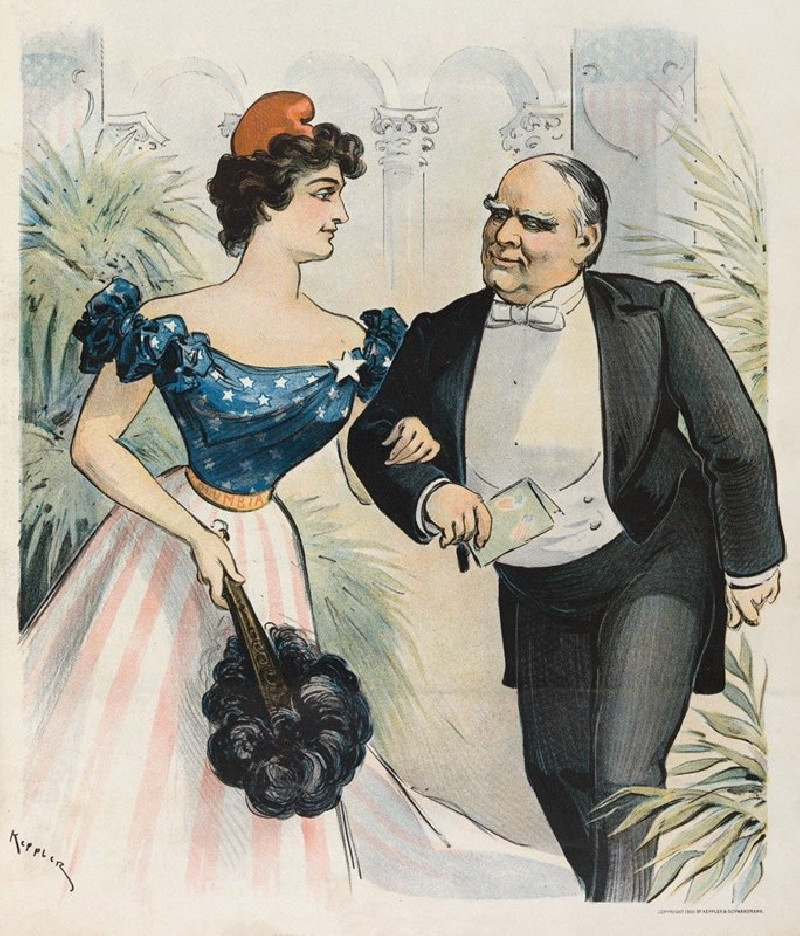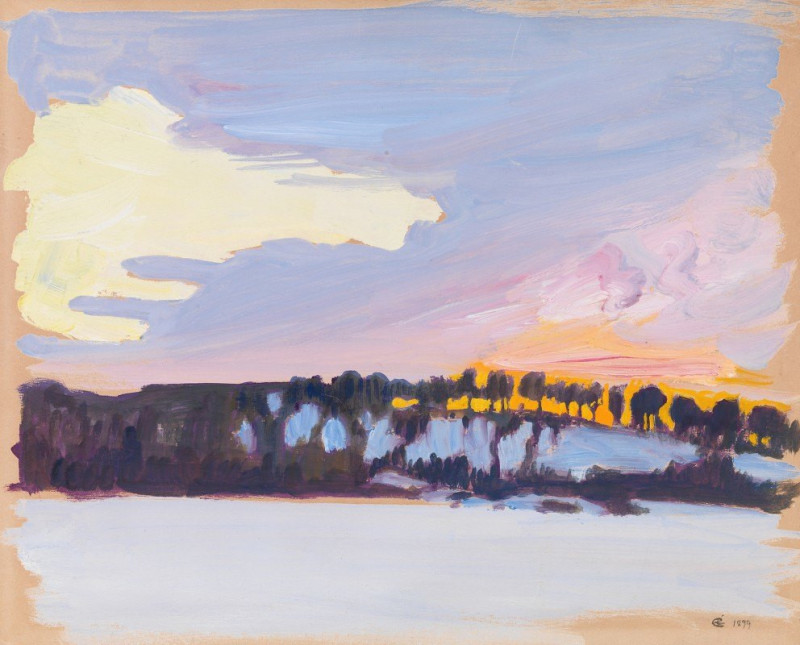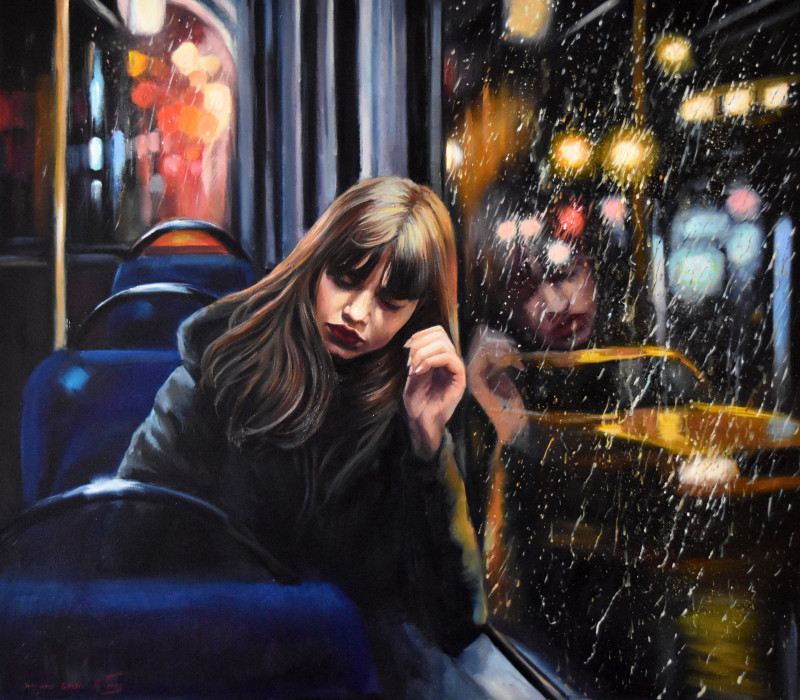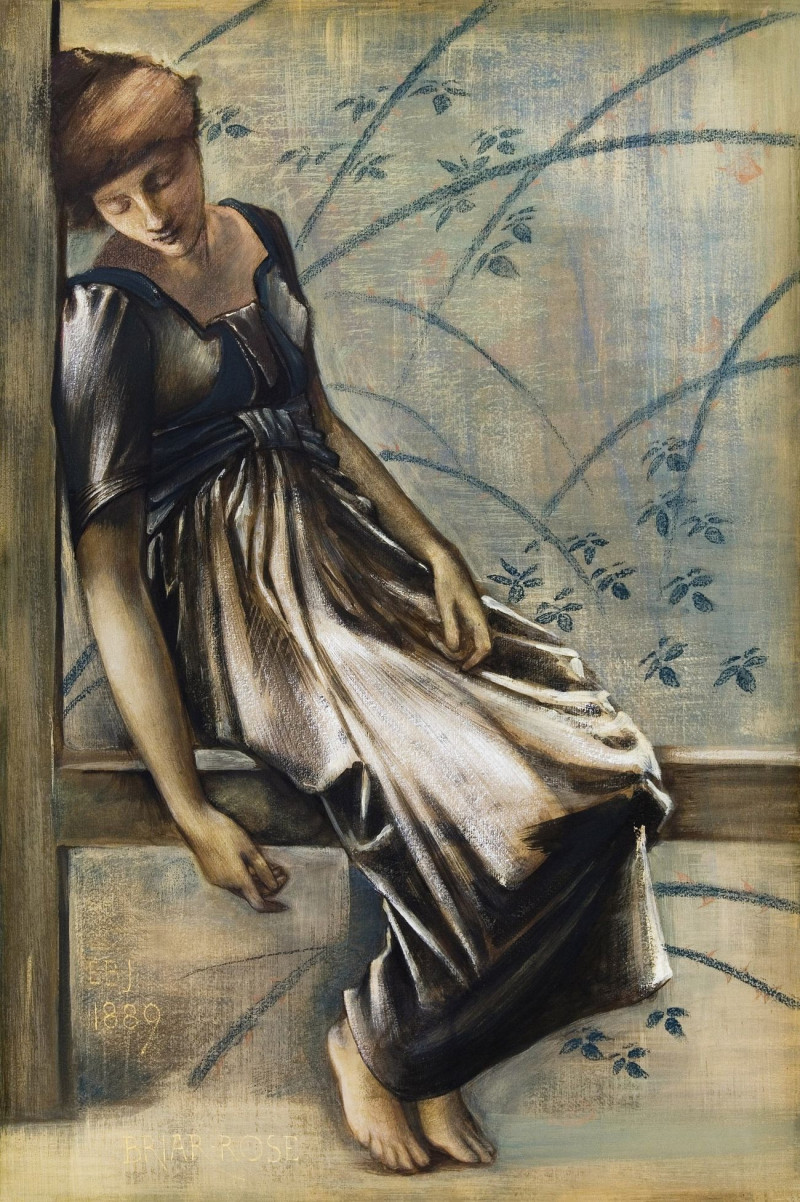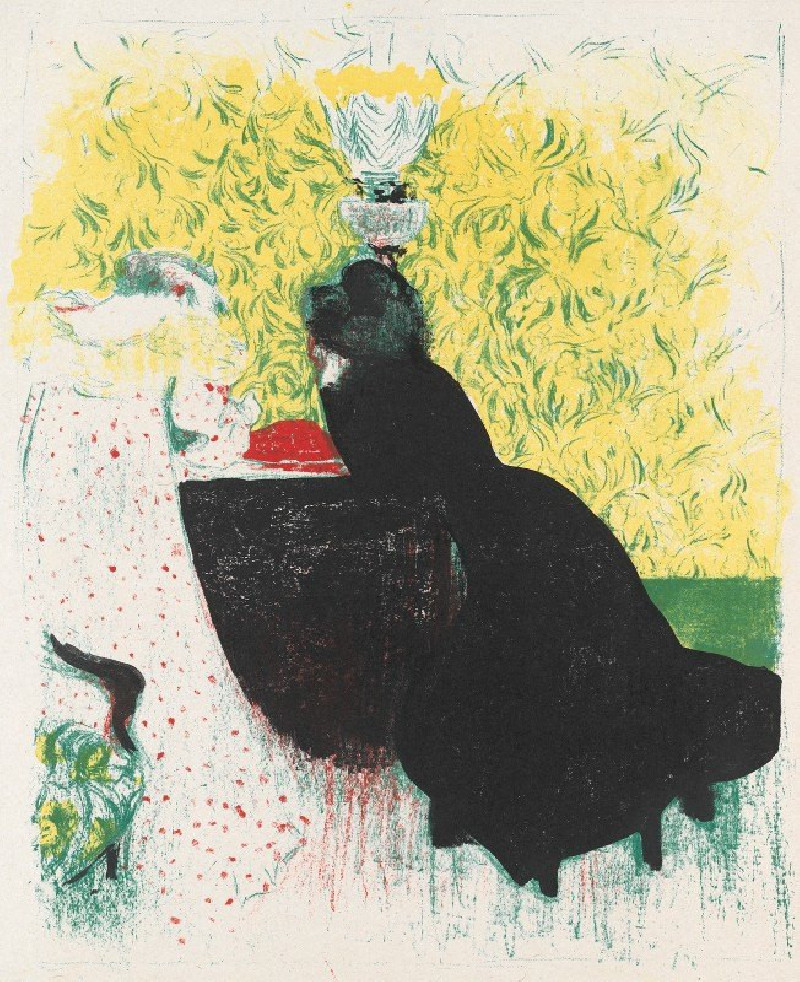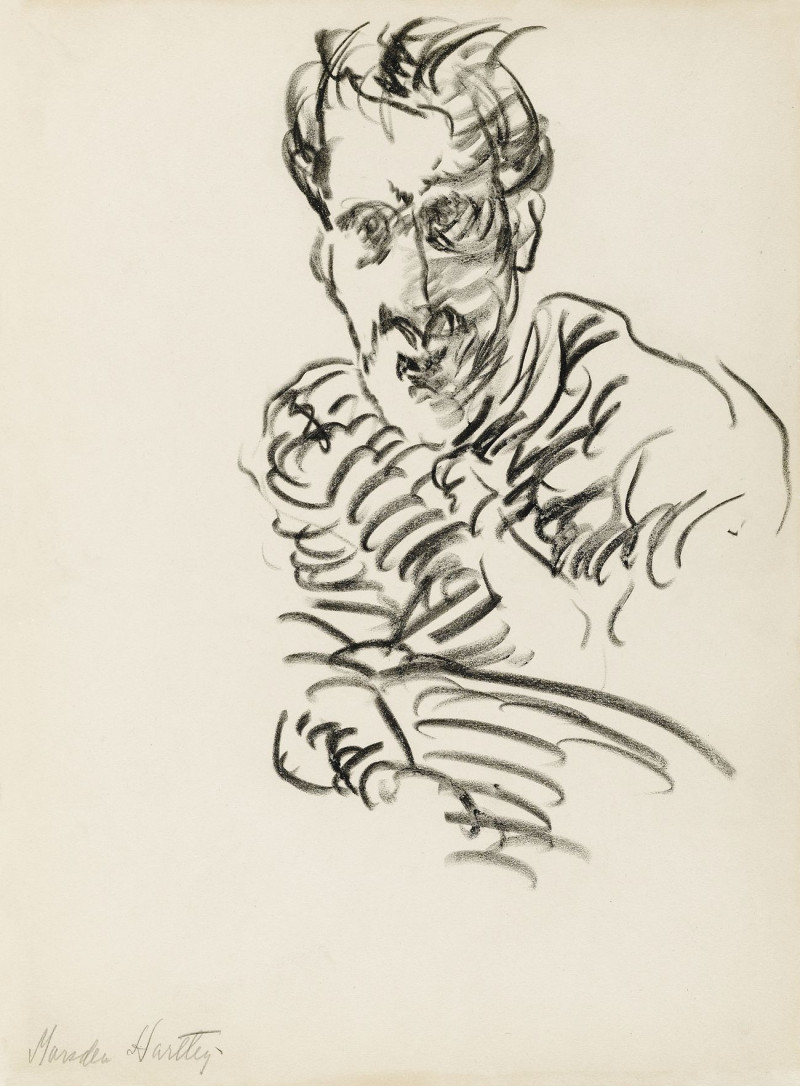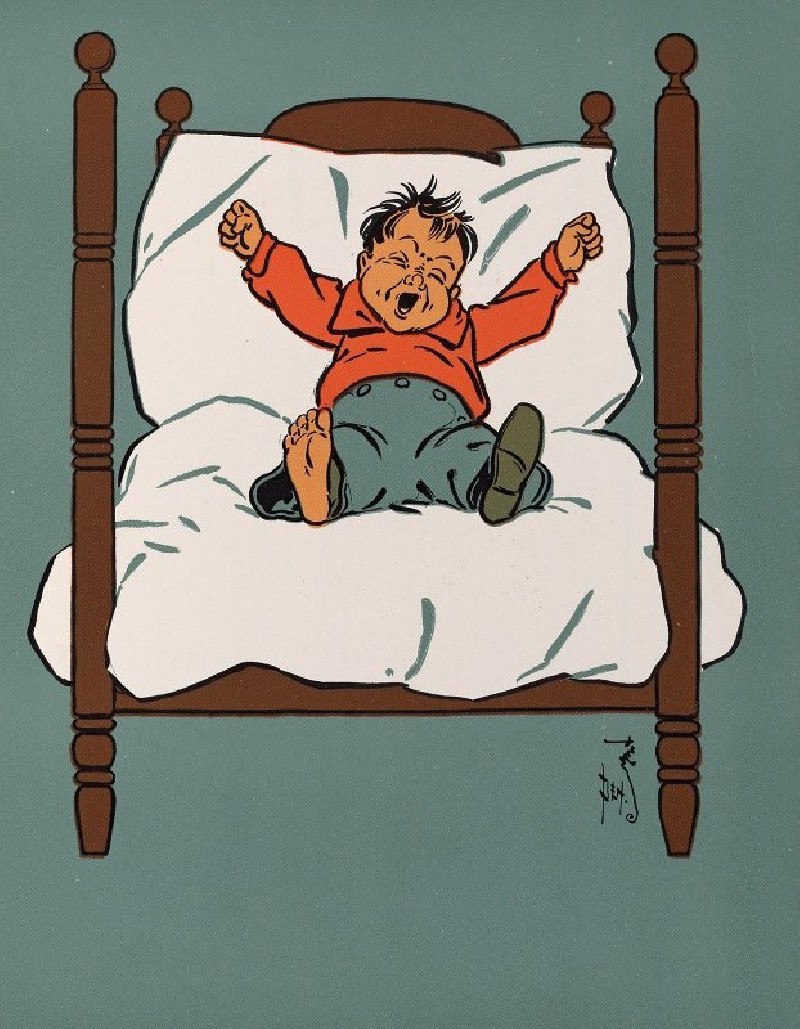Portrait Of Sir John Mennes (1599-1671)
Technique: Giclée quality print
Recommended by our customers
More about this artwork
Anthony van Dyck, a master of Baroque portraiture, captures the distinguished Sir John Mennes in this evocative portrait. Mennes, an English Navy officer and later Comptroller of the Navy, is depicted with a serene yet confident demeanor, showcasing his importance and standing in 17th-century English society.Van Dyck's skillful use of color and shadow brings depth and realism to Sir John Mennes' image. The rich, warm tones of his luxurious red and golden sash contrast with the somber hues of the background and his armor, highlighting his military rank and refined taste. Mennes' gaze, turned slightly away from the viewer, along with a slight, knowing smile, suggests a man of thought and authority, comfortable in his achievements and status.This portrait not only serves as a personal likeness but also as a vivid piece of historical document, reflecting the attire and bearing of a high-ranking naval officer in the 1600s.
Delivery
Returns
Sir Anthony van Dyck (1599 – 1641) was a Flemish Baroque artist who became the leading court painter in England after success in the Spanish Netherlands and Italy.
The seventh child of Frans van Dyck, a wealthy Antwerp silk merchant, Anthony painted from an early age. He was successful as an independent painter in his late teens, and became a master in the Antwerp guild in 1618. By this time he was working in the studio of the leading northern painter of the day, Peter Paul Rubens, who became a major influence on his work.

